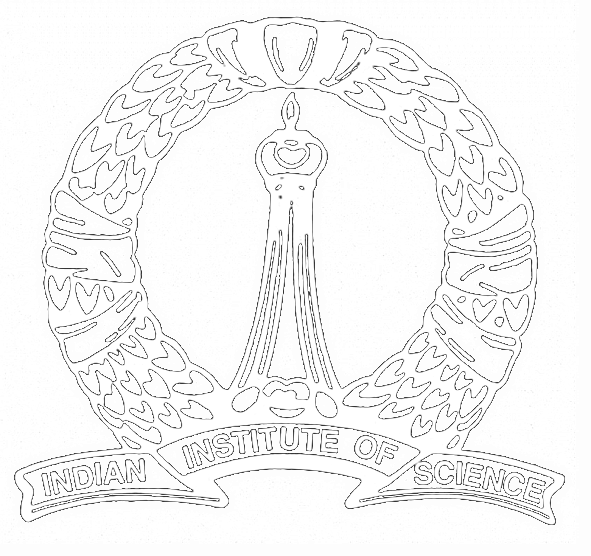PhD Thesis colloquium
Title: On Two complex Hessian equations and convergence of corresponding flows
Speaker: Ramesh Mete (IISc Mathematics)
Date: 10 May 2024
Time: 4 pm
Venue: Hybrid - Microsoft Teams (online) and LH-1, Mathematics Department
This dissertation consists of three parts, and two important types of complex hessian equations, namely – the J-equation and the deformed Hermitian Yang Mills (dHYM) equation.
In the first part, the main aim is to find out some appropriate “singular” solutions of the equations when they don’t admit smooth solutions (or equivalently, when the so-called “Nakai criteria” fails) - this is the so-called unstable case. An algebro-geometric characterization of the slopes for both the equations is formulated – which we call the “minimal J-slope” in the case of the J-equation and the “maximal dHYM-slope” for the dHYM equation. On compact Kahler surfaces we show that there exists a unique closed $(1,1)$- Kahler current that solves the “weak version” of the equations (i.e. the wedge product is replaced by the “non-pluripolar product”) with the modified slopes. In the higher dimensional case, we conjecture analogous existence and uniqueness results.
In the second part, the convergence behavior of the J-flow is studied on certain generalized projective bundles using Calabi symmetry. For the bundles an “invariant version” of the minimal J-slope is introduced. Furthermore, we show that the flow converges to some unique limit in the weak sense of currents, and the limiting current solves the J-equation with the invariant minimal J-slope. This result resolves our conjecture for J-equation on these examples with symmetry.
In the third part, the convergence behavior of a dHYM flow, called the “cotangent flow”, is studied in the unstable case on the blowup of $\mathbb{CP}^2$ or $\mathbb{CP}^3$. Analogous to our results in the second part, it is shown that this flow converges to some unique limit in the unstable case, and the limiting current solves the dHYM equation with the (invariant) maximal dHYM-slope.
- All seminars.
- Seminars for 2024
